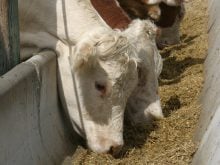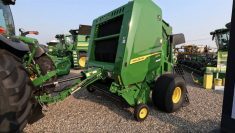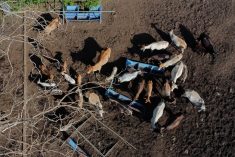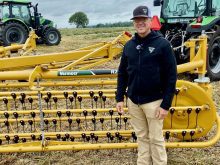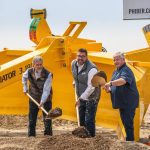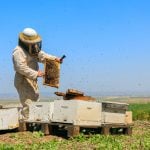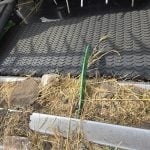Partial payments will be made if part of the crop was harvested and production falls below yield guarantees next spring
This past year would have been a good one to have forage rainfall insurance in Saskatchewan.
The dry spring resulted in payments to those who participated in Saskatchewan Crop Insurance Corp.’s forage program, said chief executive officer Shawn Jaques.
However, only 2.2 million acres were covered.
That was up from 1.5 million acres the previous year, but Jaques said it’s still less than 10 percent of what could be insured.
“The forage rainfall program is there to cover the lack of moisture, particularly early on in the growing season, and so we ended up paying nearly $17 million,” he told the Agricultural Producers Association of Saskatchewan’s annual meeting last fall.
Read Also
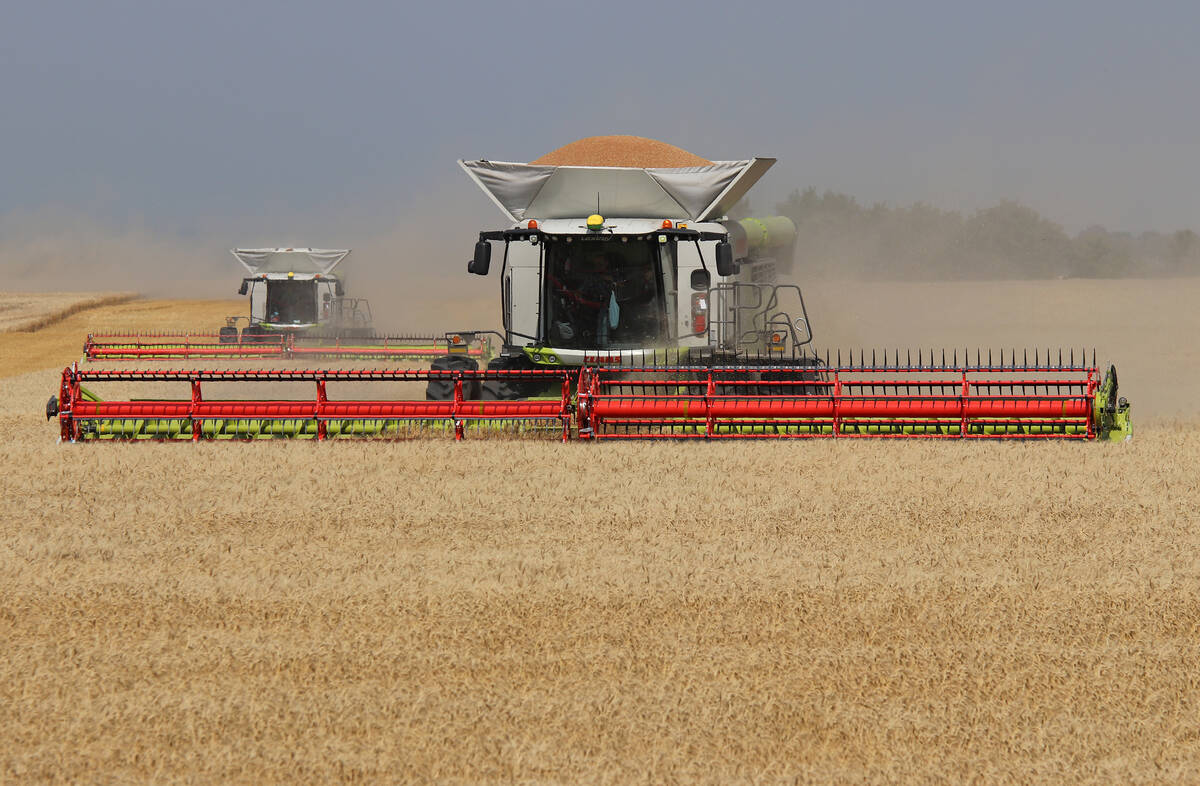
China’s grain imports have slumped big-time
China purchased just over 20 million tonnes of wheat, corn, barley and sorghum last year, that is well below the 60 million tonnes purchased in 2021-22.
That means 82 percent of those enrolled received a payment; the average payment was $9.02 per acre and the average premium was $1.72 per acre.
SCIC added 55 weather stations to its program after complaints that they were too far apart to provide adequate coverage. There is now about a 20-kilometre radius around each station, and Jaques said more stations could be added in future to provide even better coverage.
This year, 171 of the 186 stations triggered a payment.
The corn rainfall insurance program, which is similar to the forage program and covers corn used for grazing or silage, insured 44,000 acres and paid out $450,000 in claims.
Overall, 2019 data for yield and quality losses won’t be calculated until all the claims are made on crop still left out in the field. Jaques said about 1.3 million insured acres are still unharvested.
The corporation insured about 31 million acres, or 76 percent of seeded acres, collecting $578 million in premium and carrying $6.5 billion in liability.
Jaques said some producers registered for a coverage extension because they left crop in the field. SCIC will make partial payments if part of the crop was harvested before the snow and production falls below yield guarantees and final payments when farmers complete harvest next spring or destroy the crop.
Farmers who are also enrolled in AgriStability could see a payment as a result of the poor harvest conditions.
Jaques said factors such as lower crop prices, quality impacts and drying costs are all taken into account when claims are processed. It would even cover things such as bin spoilage if income is affected.
“If you have crop that’s left out we have to take into account the production from those unharvested acres in your ending inventory,” Jaques said.
About half of Saskatchewan’s farm cash receipts are covered by the program, he said, and while many say it doesn’t work, it is paying out.
It paid $100 million in 2014, $34 million in 2015, $74 million in 2016 and $69 million in 2017 claims processed so far.
“For 2018, which we’re in the processing year right now, we’ve already paid $56 million and so 54 percent of the expected files have been processed by mid-November,” Jaques said.
SCIC administers AgriStability in the province. The deadline across the country to participate was extended last year because of the dry spring and 1,300 new applications were received.
Crop insurance will be conducting sessions through the winter to help new participants understand the program.
An APAS delegate asked how the corporation is financially situated considering that payouts could be much higher in 2019.
Jaques said the approximately $600 million collected in premiums is available first, and if that is exceeded there are reserves of about $2.3 billion.
“If we should ever have a disaster that we blew though all of that, we have deficit financing,” he said.
For example, the largest payout in corporation history was more than $1 billion in 2002, representing 42 percent of liability. The result was about $600 million of debt, which has been repaid.
Meanwhile, 3,323 cattle producers were enrolled in the Western Livestock Price Insurance Program. It has paid $2.9 million on the calf program, $1.4 million on feeders and $900,000 on fed cattle. Jaques said it has paid $18.5 million since launching in 2014 and currently has a $2.3 million surplus in premiums collected.






